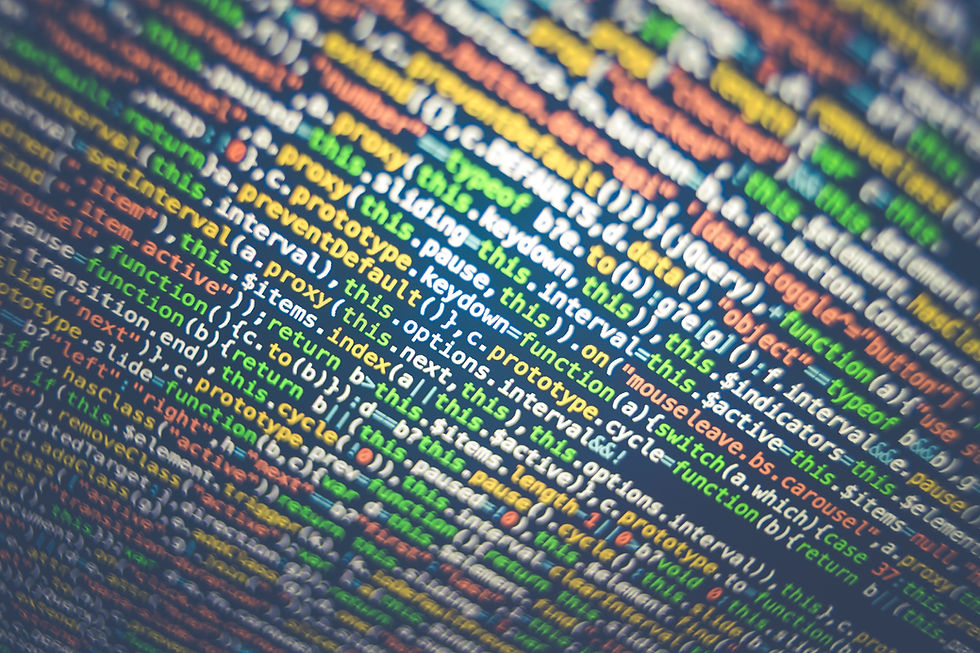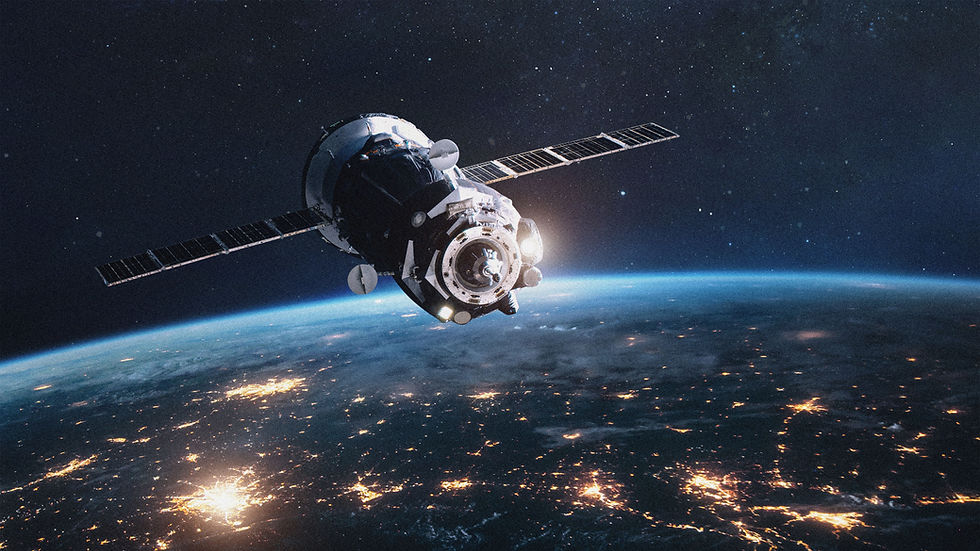The Growth of AI in Space
- Amanda Grodman

- May 24, 2023
- 3 min read
Updated: Jun 2, 2023
The emergence of Artificial Intelligence (AI) has become more prevalent in common discussions surrounding academia, industry, and the global workforce. Despite this newfound trend, AI and other components of advanced programming/robotics have been not only utilized, but even endorsed, in the space realm for several years and provide researchers with vast capabilities for further discovery. Sending humans to different planets on yearly missions is not only costly, but also physically limited because of extraterrestrial harsh conditions. In addition, manually navigating and reviewing trends between different geographical landscapes (both on Earth and other planets) in large datasets is time-consuming and often based on subjective observations. By employing semi-autonomous machines and software, spatial (and earthly) unknowns can be further explored to their full potential. Given these AI-oriented successes, the future of space, including dynamic missions and goals, may be increasingly automated–allowing us to understand more planetary interactions–for the better.

Previously, we discussed the foundations of computer programming in a spatial sense and how new technologies–from helicopters to rovers–depend on intricate lines of code to operate. However, other components of programming and AI also provide significant contributions to scientific discoveries. AI is part of a larger technological scope that encompasses Machine Learning (ML), a technique used to train computers/programs in dynamic ways similar to human plasticity. For instance, by feeding an algorithm specific requisites and parameters, custom yet durable hardware (i.e. for telescopes) can be curated, as seen in recent NASA projects, ultimately saving time in manually designing structural facets. In addition, ML is applied to enhance knowledge of Earth, where it can monitor critical phenomena from impactful cyclone prediction to tree mapping in Africa. Developing programs and workflows, such as SpaceML, are based on photographic pattern recognition and can assist scientists viewing large datasets–including WorldView, an interactive satellite imagery repository–to collate historical processes (i.e. natural disasters and oceanic/weather patterns) based on their their similar appearance. AI and ML will only continue seeing developments in all space-related fields, from geochemistry to structural engineering, as new questions unravel.

In a contemporary sense, AI can be seen in NASA’s historic Artemis program, primarily with data collection and analysis. During the Artemis I mission, the Orion capsule (which was tested for future human use) collected large amounts of data based on surrounding conditions (including radiation levels and images) that cannot be manually analyzed because of the density. With the use of AI, automatic analyses could be performed without extensive energy or time required–allowing researchers to perform further, personalized investigations. In addition, ML was used during the Orion design and testing phase, generating code designed to model spatial movement and ensure the hardware moves on the desired trajectory; researchers saved time writing and reviewing scripts and rather customized Orion’s architecture in novel ways. In this way, one drawback to the implementation of AI would be the possible replacement of programmers and other positions with autonomous tools; these roles are still needed in verifying and editing the code, however, and training the autonomous programs is the first step of many. Given these rapid developments, new autonomous technologies come with several drawbacks, but are ultimately promising in the space realm–and can even be incorporated into middle school curriculums.

In this episode of “Let’s Go to Space: BLUESKY Learning,” Episode 109: A Sense of Belonging in Computer Science, we’re joined by Michael D’Egidio, a Palm Beach County educator who seeks to combine real-world programming and equity within the classroom. Mr. D’Egidio holds a previous background working for Sony Corporation for America, where he contributed to the website’s interface while also serving as a software engineer for an e-commerce startup in New York. Since his academic programming endeavors, in addition to experiencing the hands-on components of coding, he has curated programming classes for his students to engage in such applicable opportunities. Programming will only become more integral to space exploration in the future–an idea certainly emulated in Mr. D’Egidio’s classroom approaches. Learn more about Michael D’Egidio, or visit our other weekly podcasts to hear from other speakers, by clicking the link above. Also make sure to check out our website to learn more about becoming a member of the Aerospace and Innovation Academy, where you can join us in our quest to go to space.




Comments